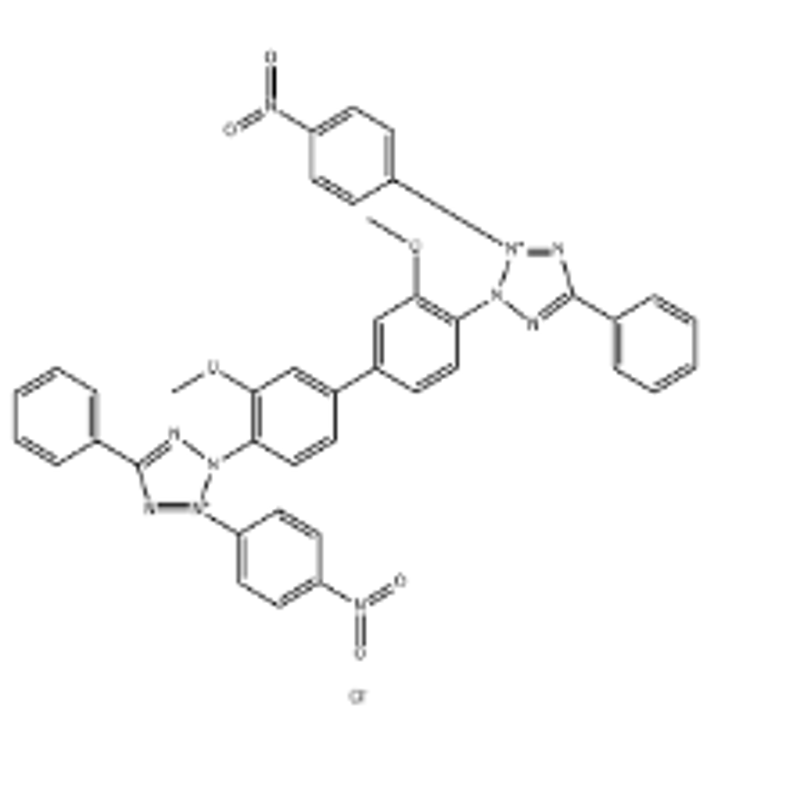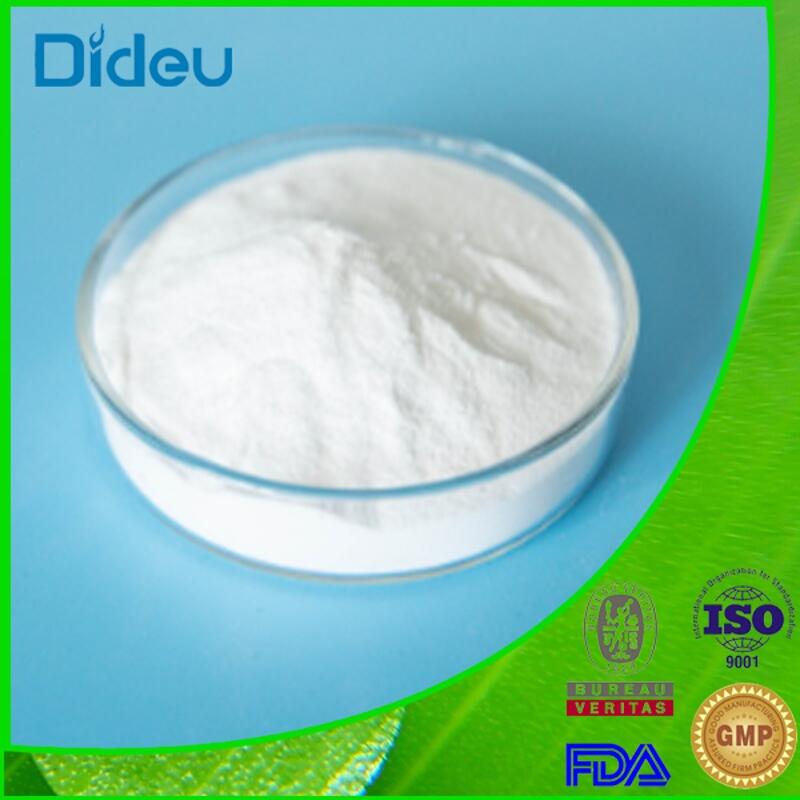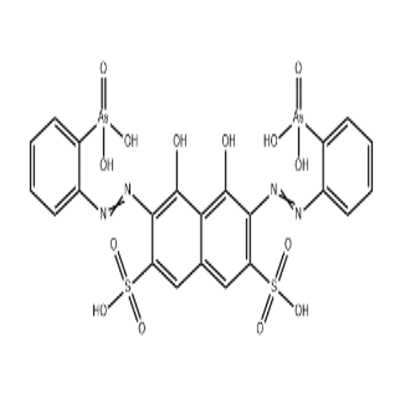-
Categories
-
Pharmaceutical Intermediates
-
Active Pharmaceutical Ingredients
-
Food Additives
- Industrial Coatings
- Agrochemicals
- Dyes and Pigments
- Surfactant
- Flavors and Fragrances
- Chemical Reagents
- Catalyst and Auxiliary
- Natural Products
- Inorganic Chemistry
-
Organic Chemistry
-
Biochemical Engineering
- Analytical Chemistry
-
Cosmetic Ingredient
- Water Treatment Chemical
-
Pharmaceutical Intermediates
Promotion
ECHEMI Mall
Wholesale
Weekly Price
Exhibition
News
-
Trade Service
Phenol red is a commonly used chemical in the chemical industry, and it has a wide range of applications in various industries, including the textile industry, food industry, pharmaceutical industry, and cosmetic industry.
One of the most important applications of phenol red is in the production of dyes, where it is used as an intermediate to produce a range of different dyes.
In the chemical industry, upstream and downstream products refer to the chemicals that are used to produce a particular product, and the products that are produced using that particular chemical, respectively.
In the case of phenol red, the upstream products include the raw materials that are used to produce it, such as benzene, sodium hydroxide, and carbon disulfide.
The downstream products include the various dyes and other chemical products that are produced using phenol red as an intermediate.
The production of phenol red involves several steps, including the synthesis of naphthol, the reaction with sodium hydroxide to form phenol, and the oxidation of phenol to form phenol red.
Each of these steps requires the use of specific chemicals and equipment, and the entire production process is carefully monitored to ensure that the product meets the required quality standards.
One of the key upstream products in the production of phenol red is benzene, which is a liquid aromatic hydrocarbon that is commonly used in the production of dyes, plastics, and other chemical products.
Benzene is a colorless liquid with a sweet odor, and it is derived from the distillation of coal tar or the degradation of naphtha.
Benzene is an essential raw material in the production of phenol red, and its availability and cost have a significant impact on the overall cost of production.
Sodium hydroxide is another key upstream product in the production of phenol red.
Sodium hydroxide is a strong alkali that is commonly used in the production of dyes, soaps, and other chemical products.
It is a white solid that is highly soluble in water, and it is typically produced by the electrolysis of sodium chloride.
Sodium hydroxide is used in the production of phenol red to neutralize the carbon disulfide that is used in the synthesis of naphthol.
Carbon disulfide is a key intermediate in the production of phenol red.
It is a colorless liquid with a sharp, unpleasant odor, and it is typically produced by the treatment of sulfur dioxide with hydrogen gas.
Carbon disulfide is used in the synthesis of naphthol, which is then transformed into phenol red through a series of chemical reactions.
The cost and availability of carbon disulfide have a significant impact on the overall cost of production of phenol red.
Downstream products of phenol red include a wide range of dyes and other chemical products.
Phenol red is used as an intermediate in the production of a range of different dyes, including basic reds, acid reds, and direct reds.
These dyes are used in a variety of industries, including the textile industry, where they are used to dye fabrics a range of colors.
Phenol red is also used in the production of plastics, cosmetics, and pharmaceuticals.
In the textile industry, phenol red is used to produce basic reds, which are used to dye cotton, wool, and other natural fibers.
Basic reds are characterized by their bright colors and good fastness properties, which means that they are resistant to fading and washing.
Acid reds are another type of dye that is produced using phenol red as an intermediate.
Acid reds are used to dye synthetic fibers, such as polyester and nylon, and they are known for their bright, vibrant colors.
In the pharmaceutical industry, phenol red is used in the production of a range of different drugs and medicines.
It is used as a







